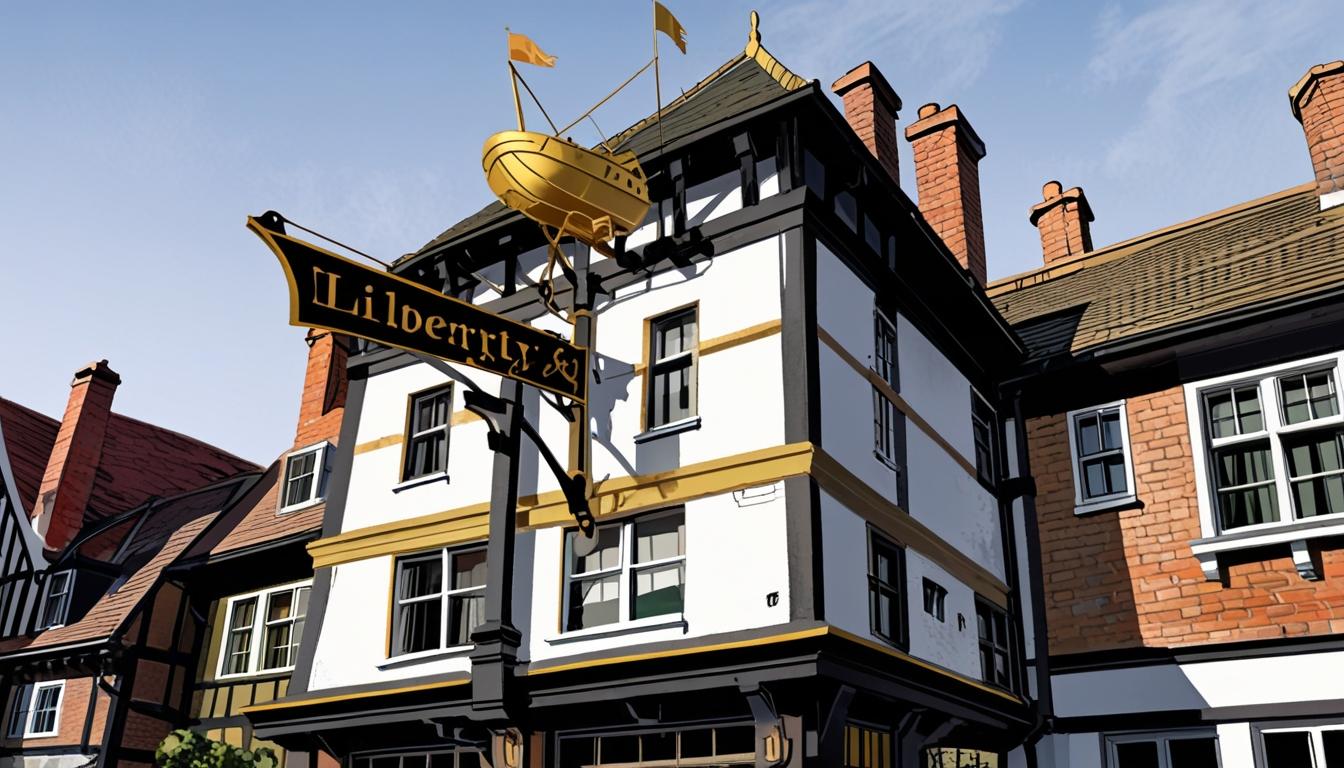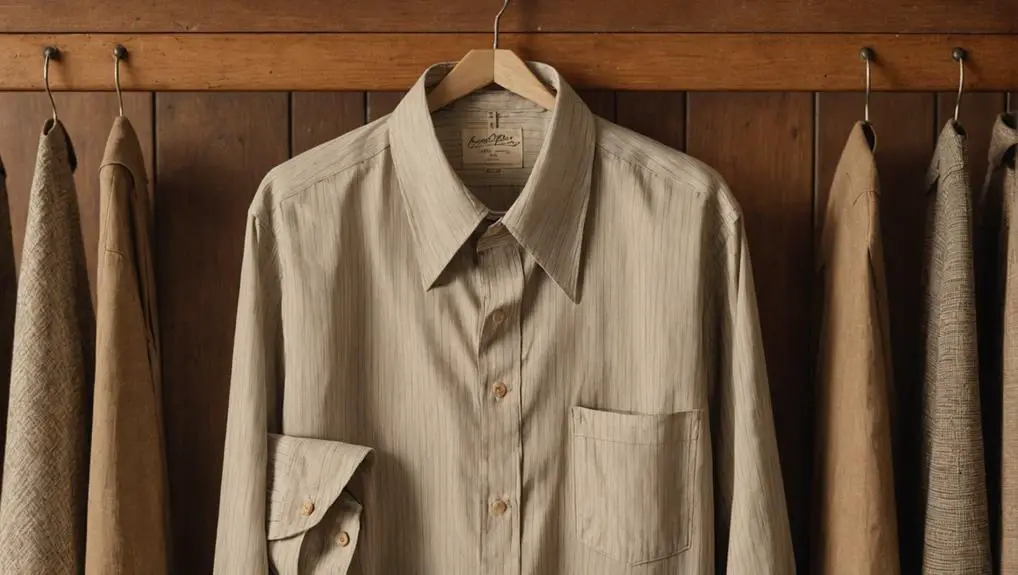In honor of its 150th anniversary, London’s Liberty store launches The House of Liberty, showcasing a rich design legacy through a new collection that draws from its storied past.
In a celebration of its rich history and design legacy, Liberty, a renowned London store, unveiled a new collection entitled The House of Liberty to mark its 150th anniversary. The launch took place in 2023, paying homage to its founder, Arthur Lasenby Liberty, who envisioned a distinctive emporium when he opened his doors in 1875 on Great Marlborough Street, London. Initially starting with just three staff and £2,000 borrowed from his future father-in-law, Liberty’s ambition was to create a space that wouldn’t merely follow existing trends but instead would forge new ones.
The architectural hallmark of Liberty is its striking black-and-white Tudor-inspired building, which was completed in 1924. This iconic structure was built using timbers sourced from two historic three-decker battleships. At the pinnacle of the building, a remarkable 4ft-high gilded Mayflower ship weathervane stands, symbolizing Liberty’s dedication to its original vision.
Throughout the decades, Liberty has gained world-renowned status for its eclectic collection of decorations, signature Liberty print fabric, and unique art objects sourced from various global locations. Oscar Wilde famously praised Liberty as “the chosen resort of the artistic shopper,” reflecting the establishment’s influence on artistic and cultural realms.
The House of Liberty collection features a range of interiors fabrics and wallpapers, crafted with meticulous attention to detail, and is segmented into three thematic chapters: Arts Club (1860–1875), Town House (1875–1910), and Painter’s House (1960–1980). Each chapter draws inspiration from pivotal moments in Liberty’s history and the aesthetic principles celebrated in its flagship store.
The Arts Club chapter showcases the lavish designs characteristic of late-Victorian maximalism, while the Town House segment draws from the connections among artists, poets, and playwrights that defined the Aesthetic Movement and Art Nouveau. The Painter’s House chapter highlights folk-inspired floral patterns that resonate with the artistic retreats of the 1960s and 70s.
Genevieve Bennett, the head of design at Liberty Interiors, expressed excitement about the collection, stating, “The House of Liberty collection presents a coming together of the influences, voices and epochs that have defined Liberty design throughout the decades.” She further emphasized the use of Liberty’s extensive archive of 60,000 pieces, noting that the collection simultaneously honors and reinvents the core principles of the design house aimed at inspiring future generations.
As Liberty moves forward, it continues to blend its historical roots with contemporary innovation, ensuring a lasting legacy within the world of design.
Source: Noah Wire Services




